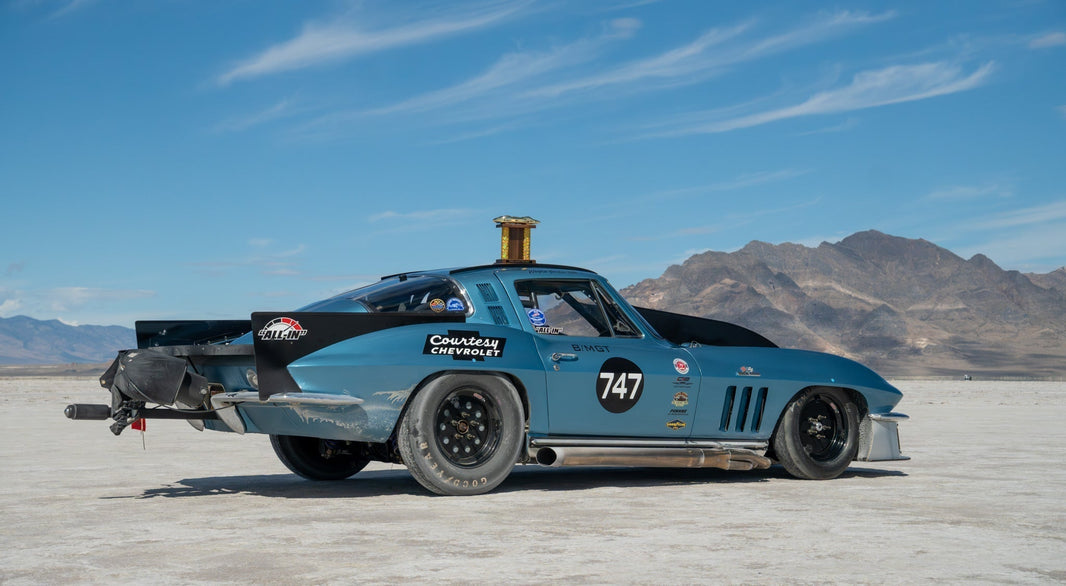USC Rocket Propulsion Lab Overtakes Civilian-Built Rocket Record with Help from ESD PETG
Organization: USC Rocket Propulsion Lab
Industry: Aerospace
Video: https://www.youtube.com/watch?v=RLxmjLORESk
Original Article: USC Student Rocket Group Shatters International Amateur Space Record - USC Viterbi | School of Engineering
Introduction:
Coming off of their previous feat of being the first student-built rocket to pass the boundary between the Earth’s atmosphere and outer space (the Kármán line) in 2019, the USC Rocket Propulsion Lab set their sights on shattering another record this year. Their goal was to launch a student designed and built rocket (Aftershock II) that breaks the 2004 civilian rocket record of 380,000 feet, all while soaring well past the international definition of space in the process. To help achieve this, the USC team reached out to 3DXTECH to provide the ESD PETG for their custom designed avionics unit.
How 3D Printing Impacted the Aftershock II Project:
While attempting to shatter records and break new ground within academic rocketry, there are sure to be challenges in your path. In the case of the USC Rocket Propulsion Lab, one of these challenges was developing their custom avionics unit for Aftershock II’s nose cone. “Essentially, we had a large amount of circuit boards all doing different functions, including telemetry and controlling recovery that needed to fit in our nose cone, which is only about seven and a half inches [inner diameter] at the largest,” says Andrew Lana, the avionics structures lead. 3D printing presented itself as an excellent solution to USCRPL’s challenge, allowing for the creation of complex designs that securely housed the avionics system. This method of 3D printing the unit also allowed the team to save on both lead time and mass in a way that traditional manufacturing methods wouldn’t allow.
The USC Rocket Propulsion Lab set their sights on 3DXTECH’s ESD PETG for their avionics unit primarily due to its ability to mitigate electrostatic discharge (ESD). In the past, they have experienced a lot of potential for stray shocks as a result of built-up static charge in the Black Rock Desert. This possible risk made them seek out a filament that could consistently and effectively protect from this hazard. The base material being PETG allowed them to conduct their iterative design process, printing prototypes in unfilled PETG until they settled on a final design.
Results:
On October 20th, 2024, USCRPL’s Aftershock II propelled itself well past the Kármán line to an ultimate altitude of 470,000 feet. This height is roughly 140,000 feet past the definition of space and dwarves the previous civilian record by 90,000 feet. During its record-breaking flight, Aftershock II achieved a velocity of 5283ft/s and Mach 5.5. The feat that the USC rocket team accomplished marks many engineering firsts and hints at the bright future ahead for the minds behind the project. We here at 3DXTECH are happy to have helped the team achieve this with the use of our ESD PETG.
Read the original article and explore more information about the Aftershock II project here: USC Student Rocket Group Shatters International Amateur Space Record - USC Viterbi | School of Engineering
If you’re innovative and aiming for the stars like the USC team and need an advanced ESD-safe filament, check out our ESD collection here: ESD-Safe Filament | 3D Printing | 3DXTech






